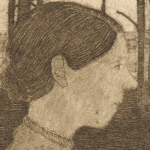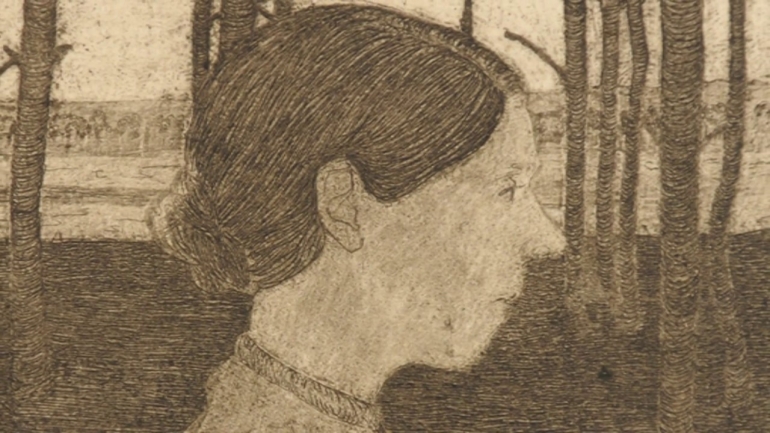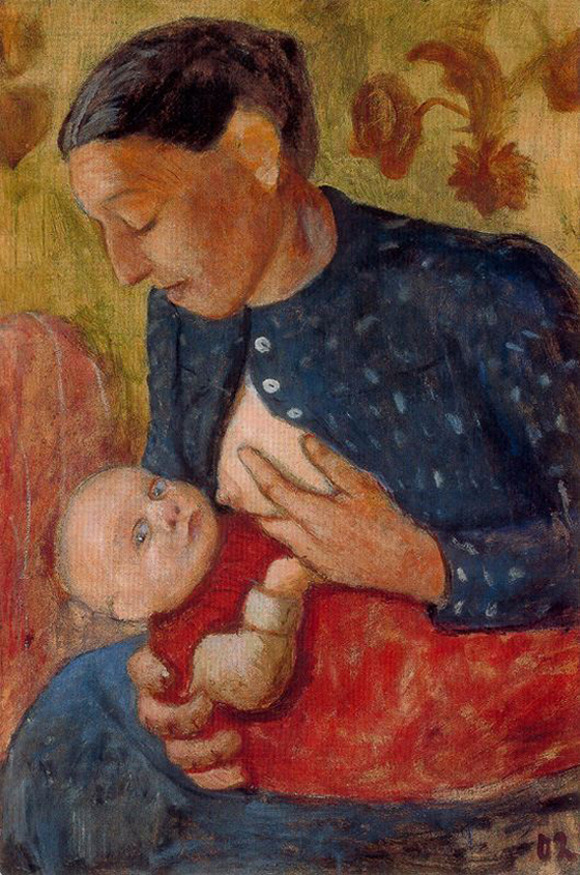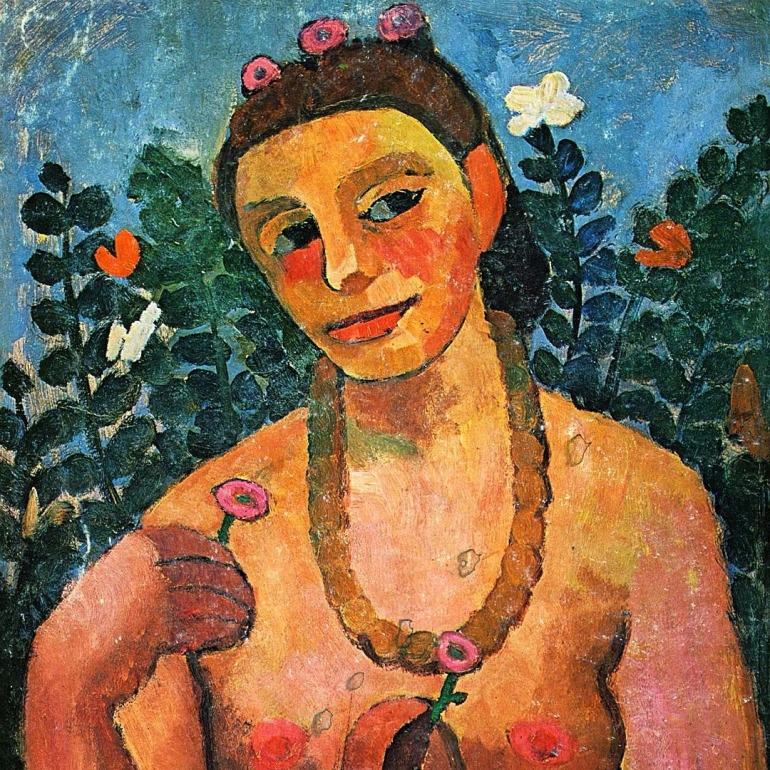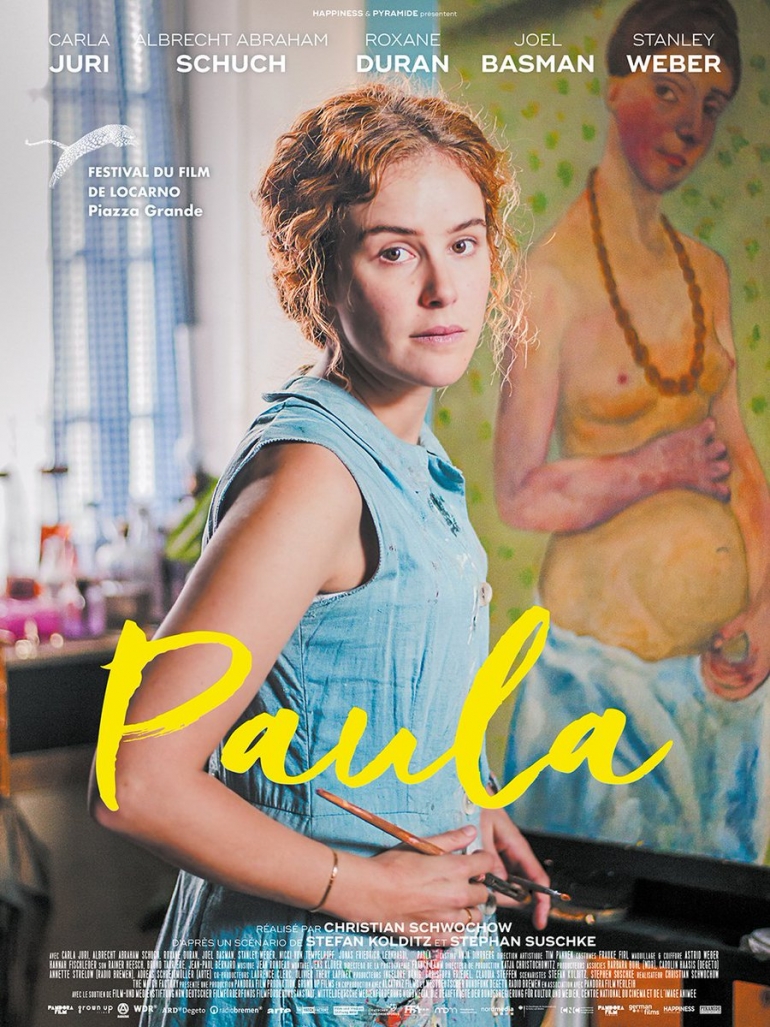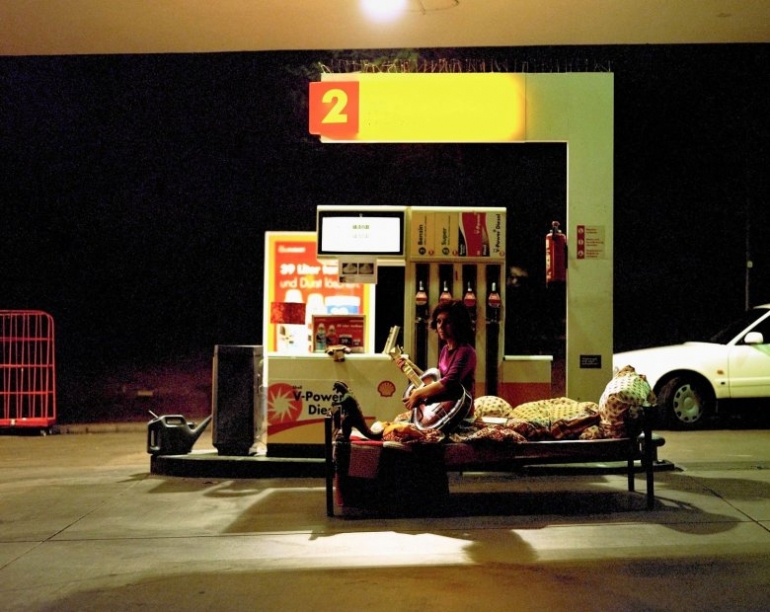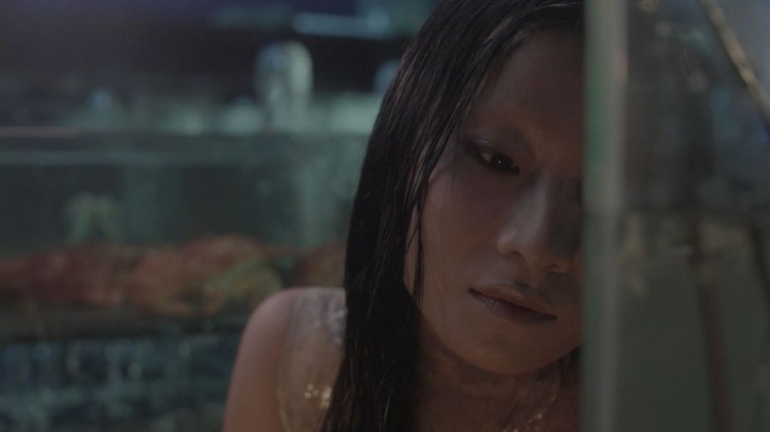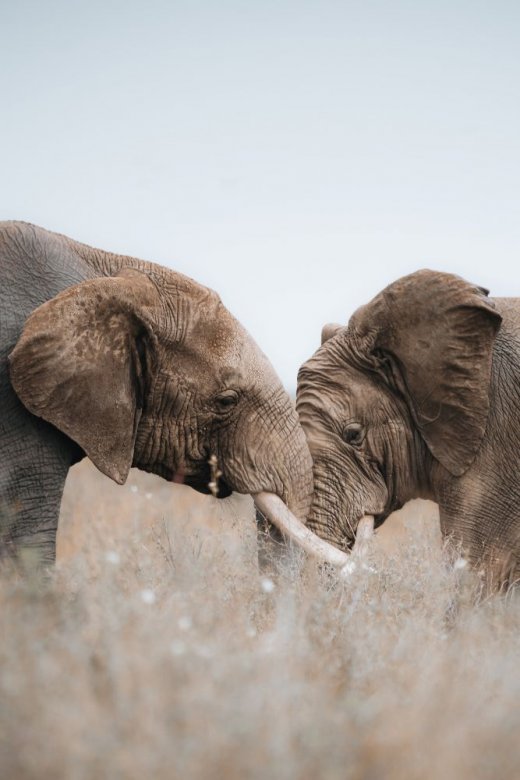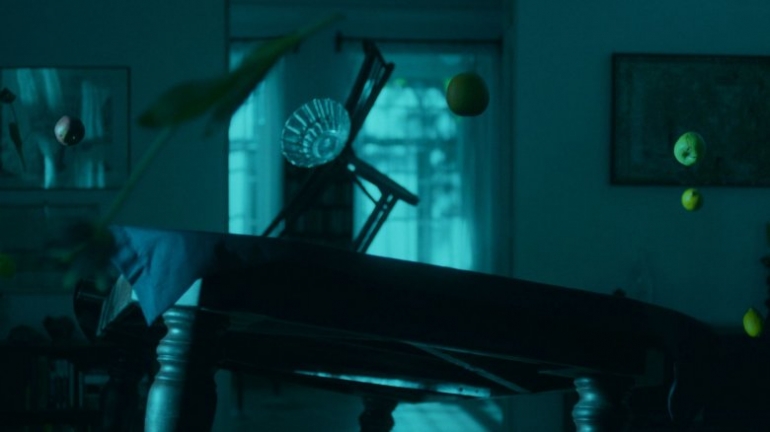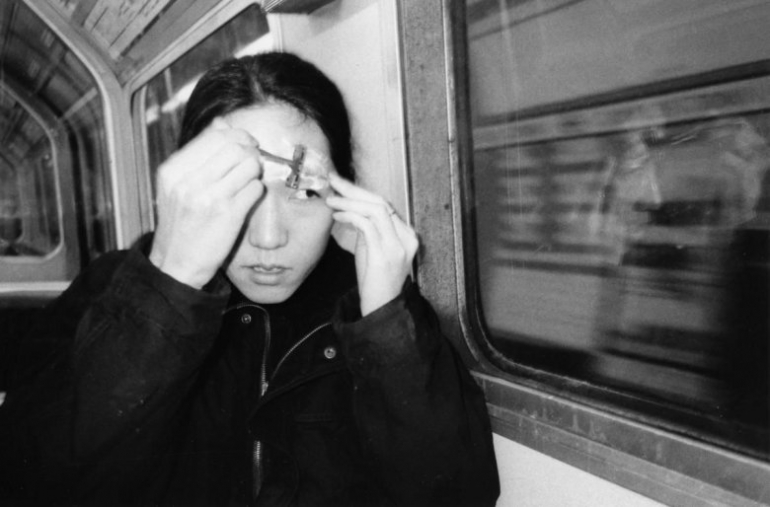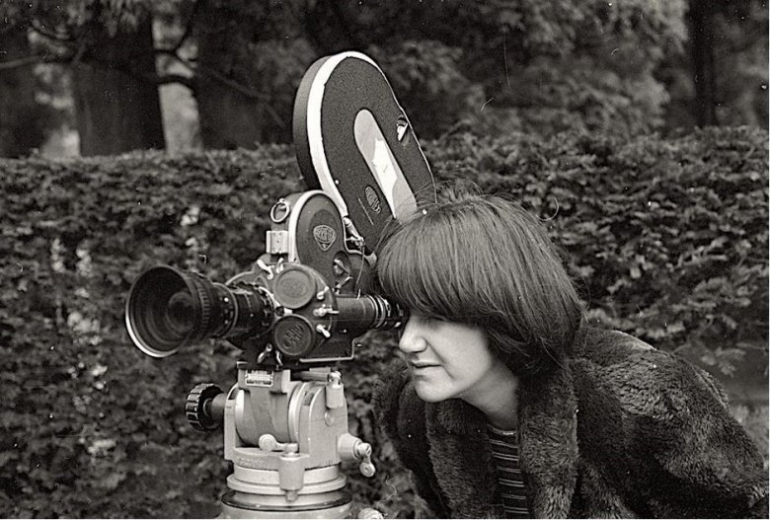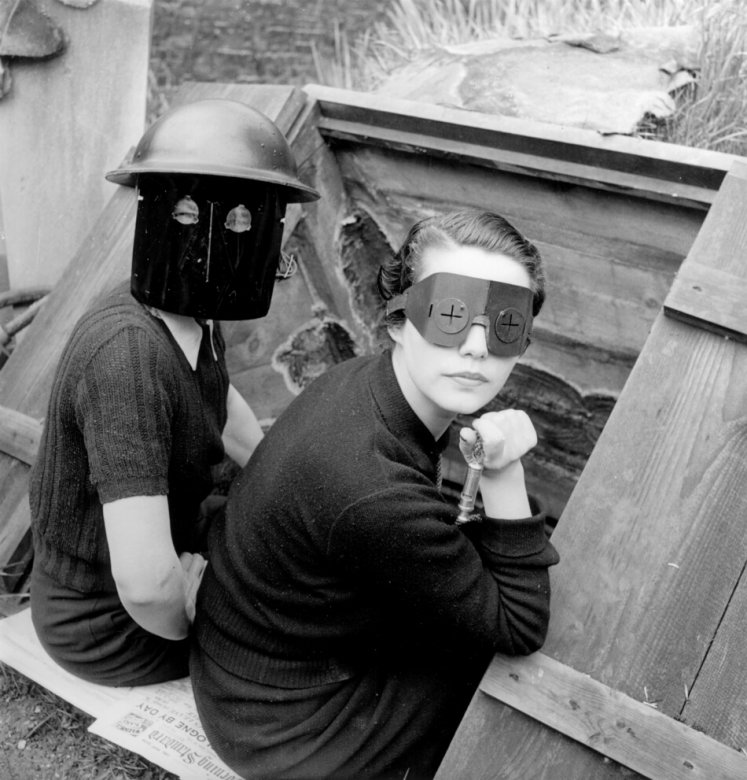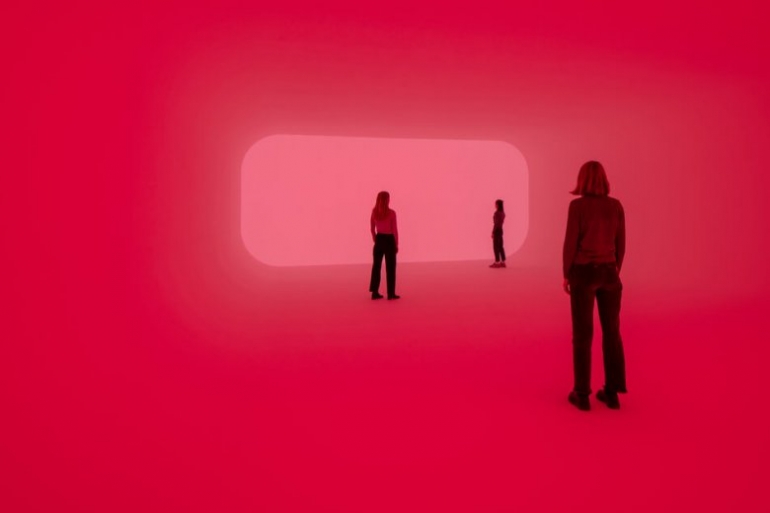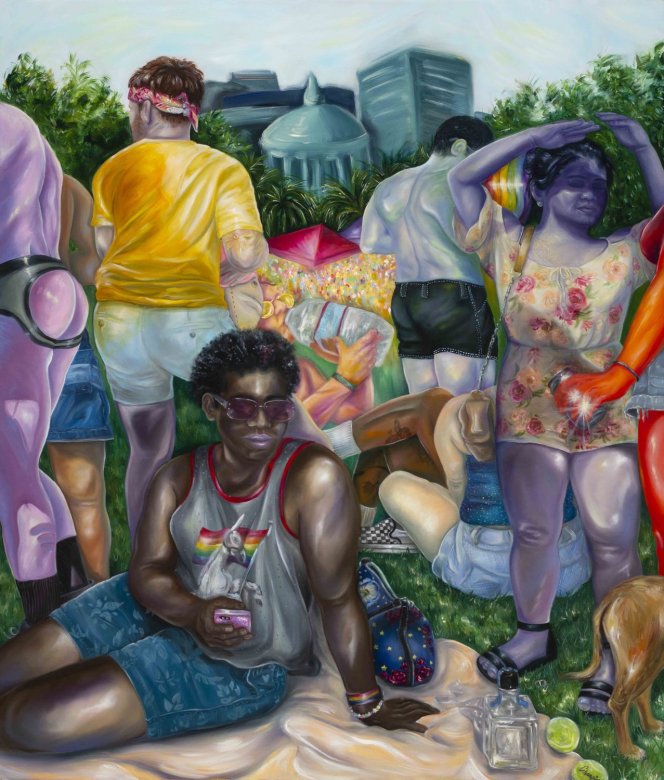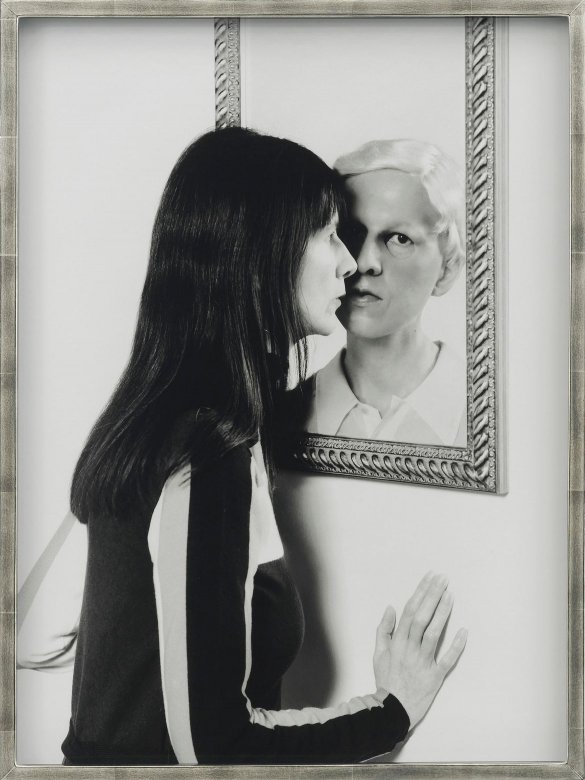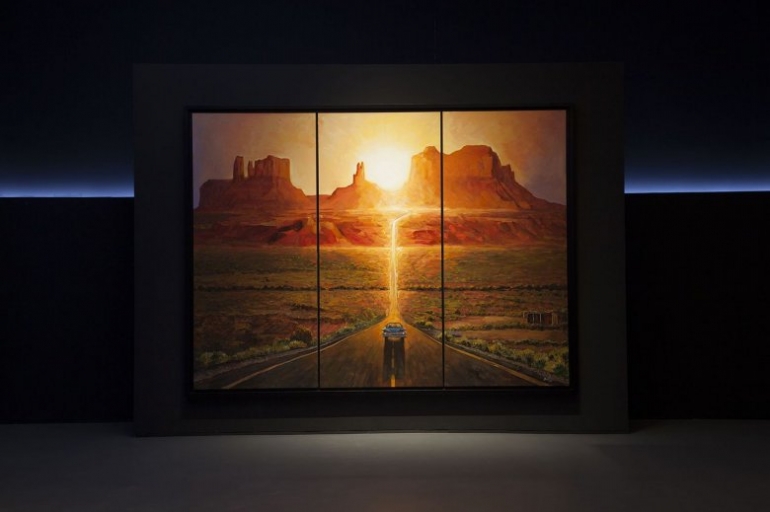German Painter Paula Modersohn Becker: The Movie ‘Paula’ and Her Story
Thelandscape in Germany in the late 19th century thirsted for precision andrealistic expression. It was during this time that an unreserved female painterburst onto the scene, injecting a lively spirit into the era. Her work wascriticized as crude and childish, partly due to the fact that she was a woman,and partly due to its stark contrast with the prevailing style of the times.This movie tells the story of Paula Modersohn Baker, a pioneering German expressionist painter known for being thefirst woman to paint a nude self-portrait. In contrast to classical Germanexpressionism, which focused on realistic portrayal, Becker emphasized imagery.She believed that the true objective of art was the expression of feelings andemotions. Paula’s role as a centralfigure in the expressionist movement - whose unfamiliar, rough, and seeminlyunfinished style clashed so strongly with the tragically beautiful and romanticartwork that was gaining popularity at the time - is enough to cement herexceptional and captivating legacy. While today her work is widely renowned asrevolutionary in contrast to that of her predecessors, what may resound more isthe regretful pang that she lived in the wrong era; the prevailing assumptionof the time was that female artists couldn’t stand on their own without thefinancial help of men. Despite the echo of ‘what could have been,’ it is worthwhile to take another lookat her strength in breaking through the barriers of her time.
Aclose look at the film allows the viewer a glimpse into the time period inwhich Becker emerged. Appearances from era-defining historical charactersabound, in addition to Becker herself. A wide swatch of humanity is on display- from Becker’s personal championand soulmate Rainer Maria Rilke, a poet, and his sculptor wife Clara Westhoff(who worked in Rodin’s studio to makeends meet), to Rodin himself and his lover Camille Claudel. Of course, deepportrayals of these personal relationships compete for screen time with theequally important demand to explore a singular artist’s - in this case Paula’s - anguish and depth. This, however,is the juxtaposition with which every biopic inevitably wrestles; consequently,it is important to view ‘Paula’ not only as an account of one artist’s life, but also a detailedretrospective of the times.
Makesure to adjust your expectations accordingly before watching this film, as herwork isn’t shown until themiddle parts of the story. Waiting until the second act of the film tointroduce her work may indeed provide much-appreciated vividness to the viewer.Following Becker’s trials andtribulations builds a foundation that brings context and understanding to herart. Becker, who famously wanted to ‘leave the worldwith three masterpieces and one child,’ fought against theprejudices of the times to leave her mark on the art world. Sadly, she passedaway at the all-too-young age of 31.
[PaulaModersohn Becker (1876~1907)]
Nevertheless,as the first female artist to paint a nude self-portrait, it is impossible todeny the influence she had on later female artists, namely Frida Kahlo. Herlife, despite its hardships, was certainly not led in vain. Watch this filmwith a light heart and an appreciation of Becker’s work. It promises to be aninvaluable study in what makes a life worthwhile.
All images/words © the artist(s) and organization(s)
☆Donation: https://www.paypal.com/paypalme2/artlecture


